ORNL scientists find a new way to improve the contact impedance of lithium solid-state batteries with electrochemical pulses
November 11, 2021 20:35 120 views Source: cnBeta.COM 0 comments
Scientific exploration ( Kingkong battery )
| Scientists at the Oak Ridge National Laboratory (ORNL) in the United States just introduced in the "ACS Energy Letters" an effective way to use electrochemical pulses to overcome the weaknesses of the next generation of lithium metal batteries. New Atlas pointed out that the development direction of next-generation energy storage devices mainly involves the use of high-density lithium metal and solid materials instead of liquid electrolytes. And ORNL’s new research combines these two aspects very well. |
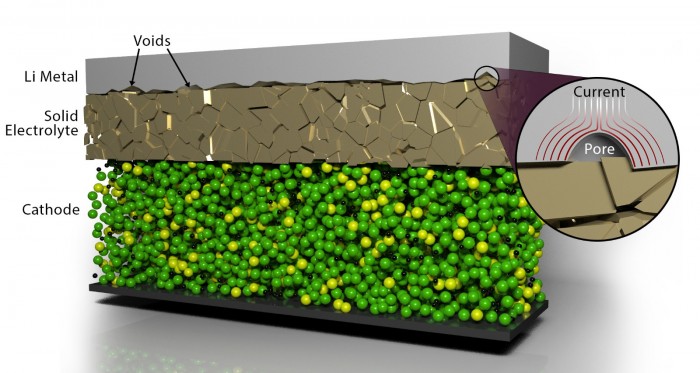
Scientists have discovered a new method to improve the contact of key layers of solid-state batteries (from: ORNL)
Previously, American scientists have demonstrated how to resolve the stability problems associated with these architectures with the help of electrochemical pulses, thereby paving the way for improving the battery life of electric vehicles/smart phones. ( Kingkong battery )
Part of this research focuses on the anode structure of the battery. The current common anode materials are mostly made of a mixture of graphite and copper. However, in view of the extremely high energy density, many studies are focusing on the use of pure lithium metal as an alternative anode.
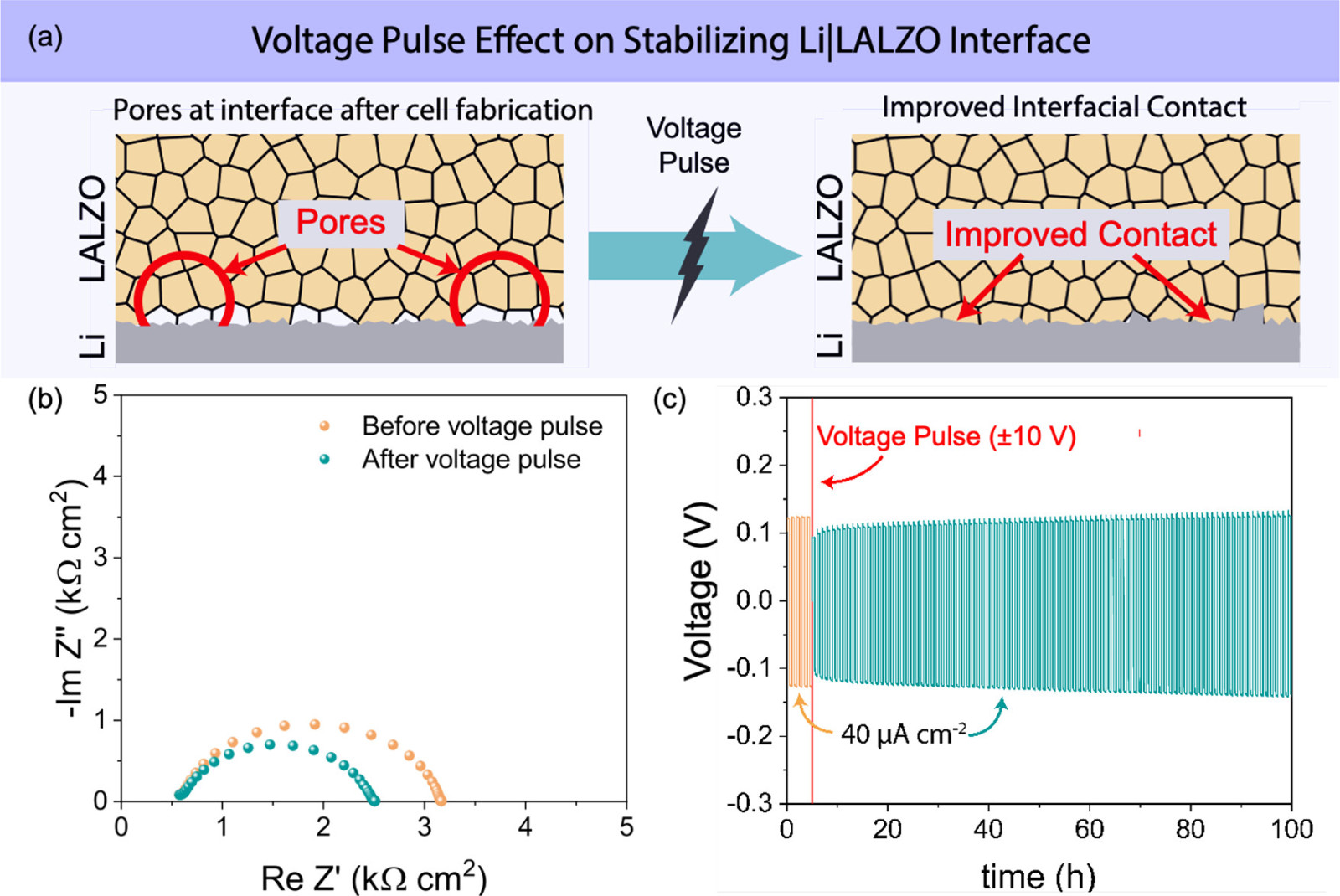
Research Picture-1: Schematic diagram of the influence of voltage pulse on stable lithium ion
So far, the practice of integrating lithium metal into batteries has proven to be quite difficult. During the period, scientists encountered various safety problems, which were difficult to resolve for a while. ( Kingkong battery )
One view is that using solid electrolytes instead of liquid electrolytes may be more suitable for use with lithium metal anodes.
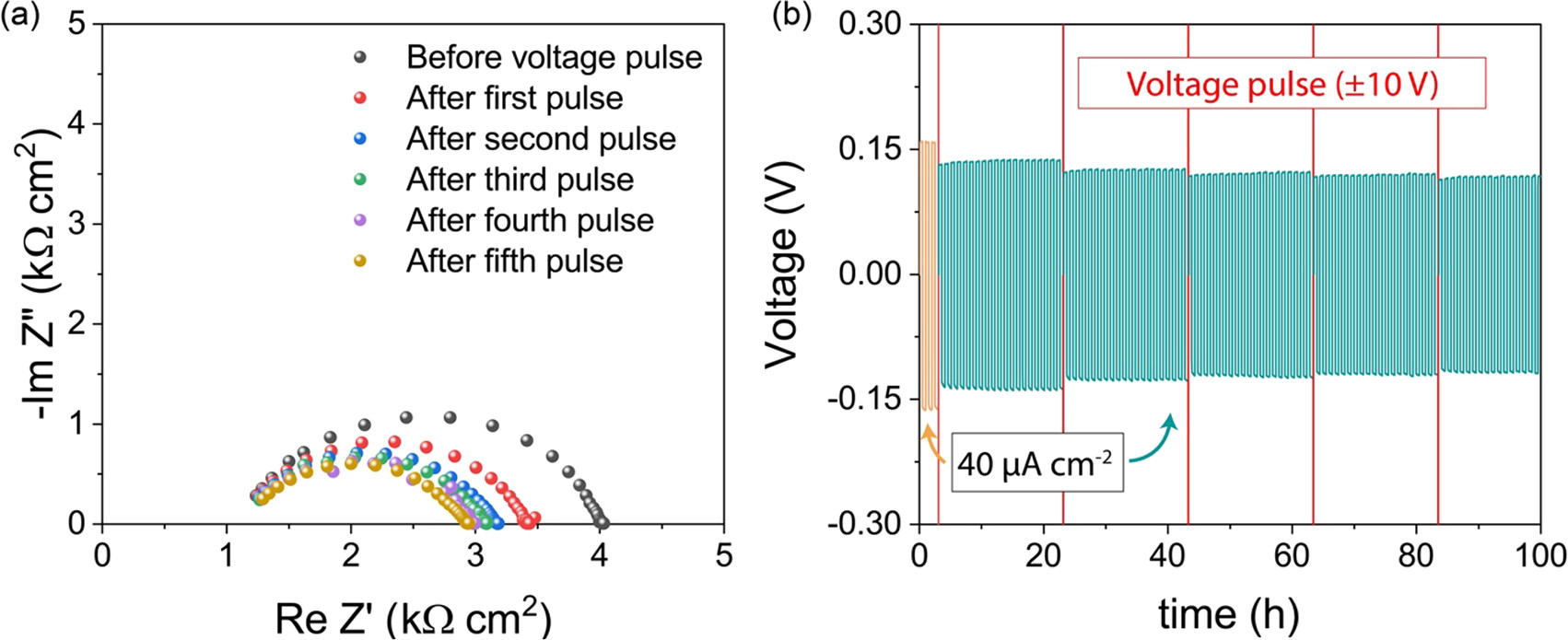
Research Picture-2: Lithium battery before and after multiple voltage pulses
ORNL scientists obviously also thought of this research and development path, and proposed a new method that can combine the two in a stable and long-lasting way without compromising performance. ( Kingkong battery )
It is reported that a weak current of solid-state batteries is that continuous charging and discharging cycles will form gaps, which will lead to instability of the joints-the so-called contact impedance (Contact Impedance).

Research map-3: Interface current density/temperature indication
In order to eliminate contact resistance, one of the methods is to apply pressure. However, this technology needs to be used regularly during the service period of the battery, and may also cause a short circuit. ( Kingkong battery )
The good news is that ORNL scientists have discovered that after combining a lithium metal anode and a solid electrolyte, they can effectively eliminate these voids by applying short high-voltage electrochemical pulses.
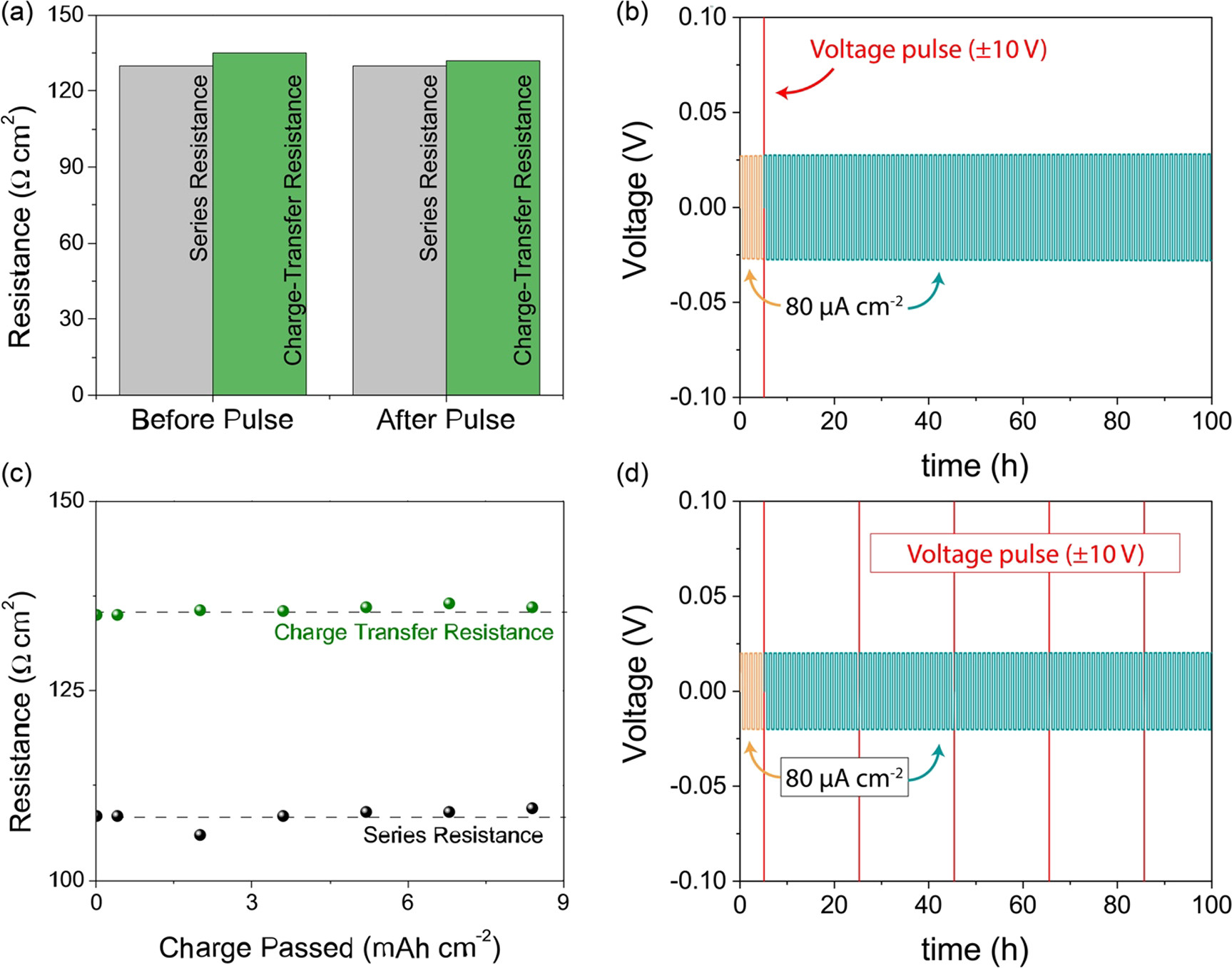
Research Picture-4: Lithium battery before and after applying voltage pulse
The voltage pulse allows the current to surround and eliminate the gap, thereby forming a wider contact at the material interface. What's even better is that this scheme has no adverse effect on the battery itself. ( Kingkong battery )
Through clever use of this method, we can even restore the battery to its initial capacity. Of course, this also depends on the stage of solid-state lithium metal battery research in the next few years.
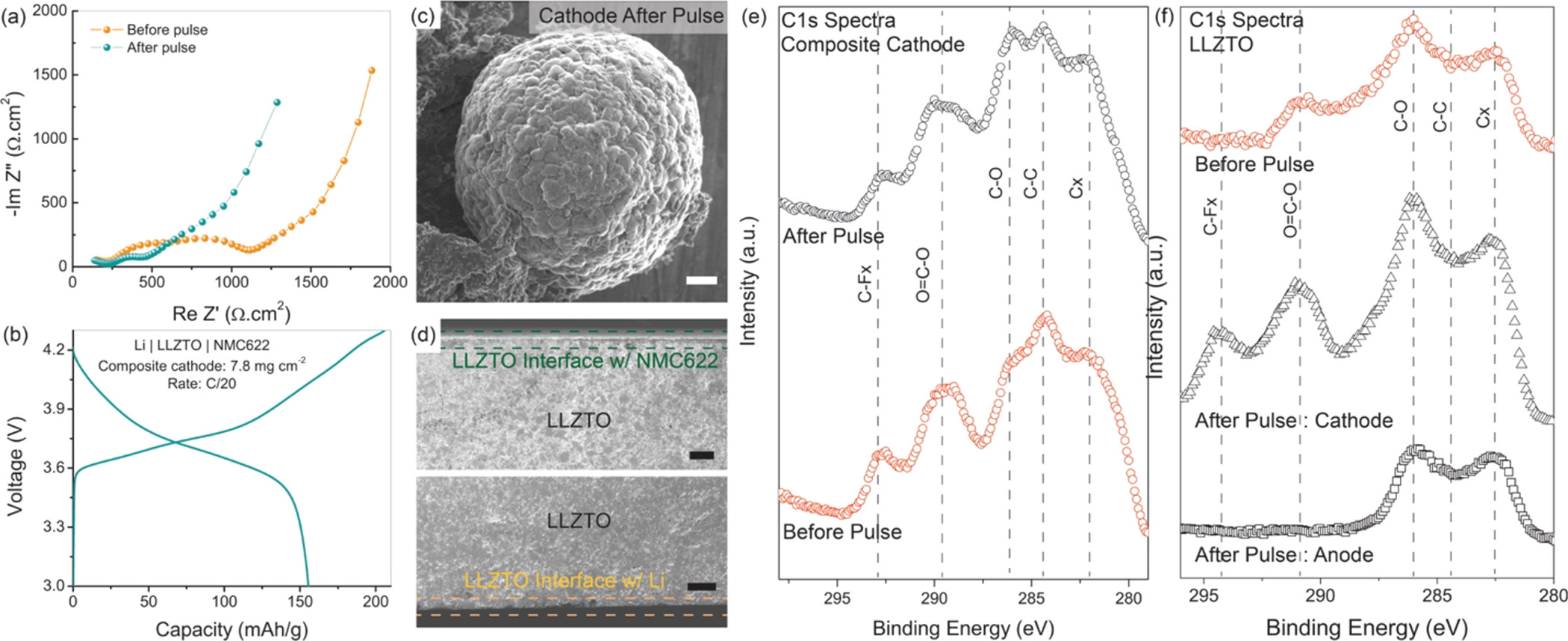
Research picture-5: EIS spectrum of a full battery after receiving voltage pulse cycles at room temperature
The ORNL research team pointed out that this system can bring twice the energy density of today's solutions in a smaller package. This means that electric cars can travel farther after each charge, and smart phones can last for several days at a time. ( Kingkong battery )
Project co-leader Ilias Belharouak said: "This method helps to achieve an all-solid-state battery architecture without applying external forces that may damage the battery. During development, the battery can be manufactured normally, and then a voltage pulse is applied to refresh the activation when it is fatigued."
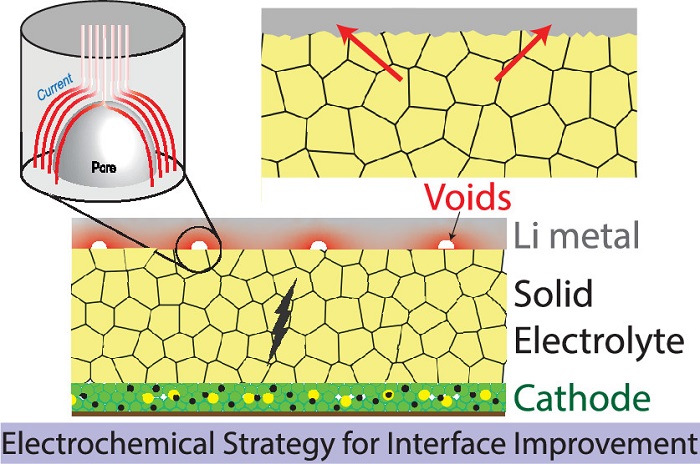
Research picture-6: Stable solid-state battery (SSB) interface is essential for the development of high energy density batteries
Finally, ORNL scientists will continue to develop this technology, find more advanced electrolyte materials through experiments, and study how to expand its scale to be put into practical use. ( Kingkong battery )





